Table of Contents
ToggleAre you pushing your limits at the gym, only to find your grip giving out before your muscles do?
It’s a common frustration among fitness enthusiasts aiming to maximize their strength training. The introduction of lifting straps into your workout routine could be a game changer, but there’s a heated debate around them: Are they simply an aid or are they a form of cheating?
Using lifting straps can ensure that your grip doesn’t prematurely end an intense set, allowing you to focus on the target muscles. This can be especially beneficial when you’re performing heavy pulls or deadlifts. However, critics argue that relying on straps may lead to neglecting the development of forearm strength and grip endurance, crucial aspects of a well-rounded physique.
Key Points About Lifting Straps
- Lifting straps aid grip on heavy lifts.
- They are not cheating; rather, they assist in training.
- Straps allow for focus on target muscles, not grip.
- Many natural lifters advocate strap use for safety.
- Lifting straps can prevent injuries by reducing the risk of dropping weights.
- Used primarily in pull movements like deadlifts and rows.
- They should not replace the development of a strong grip.
- Straps are useful for those with grip issues or injuries.
Pros of Lifting Straps
- Increases lifting capacity: Enables handling heavy weight.
- Reduces grip fatigue: Focus remains on primary muscles.
- Aids injury prevention: Secure grip means less chance of drops.
- Target muscle isolation: Straps help work intended muscles better.
- Beneficial for high-rep sets: Prevents grip failure before muscle fatigue.
Cons of Lifting Straps
- Can hinder grip strength: Over-reliance may weakens natural grip.
- Potential for overuse: Might mask underlying grip issues.
- Limits functional strength: Everyday tasks rely on raw grip power.
- Might cause imbalance: Some muscles could become disproportionately strong.
- Not always competition-legal: Cannot be used in certain lifting contests.
Understanding Lifting Straps
Lifting straps are aids used by weightlifters. They wrap around the wrist and the barbell. Straps help improve grip on heavy weights.
They are common in gyms everywhere. Many lifters rely on them for deadlifts and shrugs. Straps can be especially helpful when grip strength limits lifting potential.
The Debate Around Lifting Straps
Some argue that straps are a crutch. They believe relying on straps can hinder grip development. Others see straps as a practical tool.
Straps allow lifters to handle more weight. This can increase muscle overload and growth. However, overuse might result in weaker grip strength.
Pros of Using Lifting Straps
- Allows for heavier lifting without grip fatigue.
- Can help target specific muscle groups effectively.
- Reduces risk of dropping weights due to grip slip.
Cons of Using Lifting Straps
- Potential for underdeveloped grip strength.
- Might lead to overreliance, limiting natural grip training.
- Could mask underlying issues with grip technique.
Lifting Straps and Natural Bodybuilding
Natural bodybuilders may use straps sparingly. Building strength naturally includes grip endurance. Straps should not replace grip training.
Using straps strategically is key. They should aid, not dominate, a lifting program. Balance with direct grip work is crucial for natural athletes.
When to Use Lifting Straps
- During maximal or near-maximal lifts.
- In sets where grip fails before target muscles do.
- For injury prevention when handling very heavy loads.
Avoiding Overdependence on Straps
Use straps as a tool, not a default. Train grip separately with exercises like dead hangs and farmer’s walks. Include strapless workouts regularly.
Grip strength grows through consistent training. Mixing in non-strap workouts is essential. It helps maintain a strong, functional grip.
My Thoughts on Lifting Straps
Lifting straps are not inherently ‘cheating.’ When used correctly, they can enhance training. They should complement a well-rounded strength routine.
Athletes must remember that straps are an aid. They can assist with heavy lifts but should not be a crutch. The focus should always be on overall strength development.
How to Integrate Lifting Straps into Your Workout?
- Assess if your lift necessitates straps due to grip limitations.
- Plan regular grip-strengthening exercises in your routine.
- Reserve straps for your heaviest sets or when specifically targeting other muscles.
- Ensure proper strap technique to prevent injury and maximize benefit.
- Evaluate your progress and adjust strap usage accordingly.
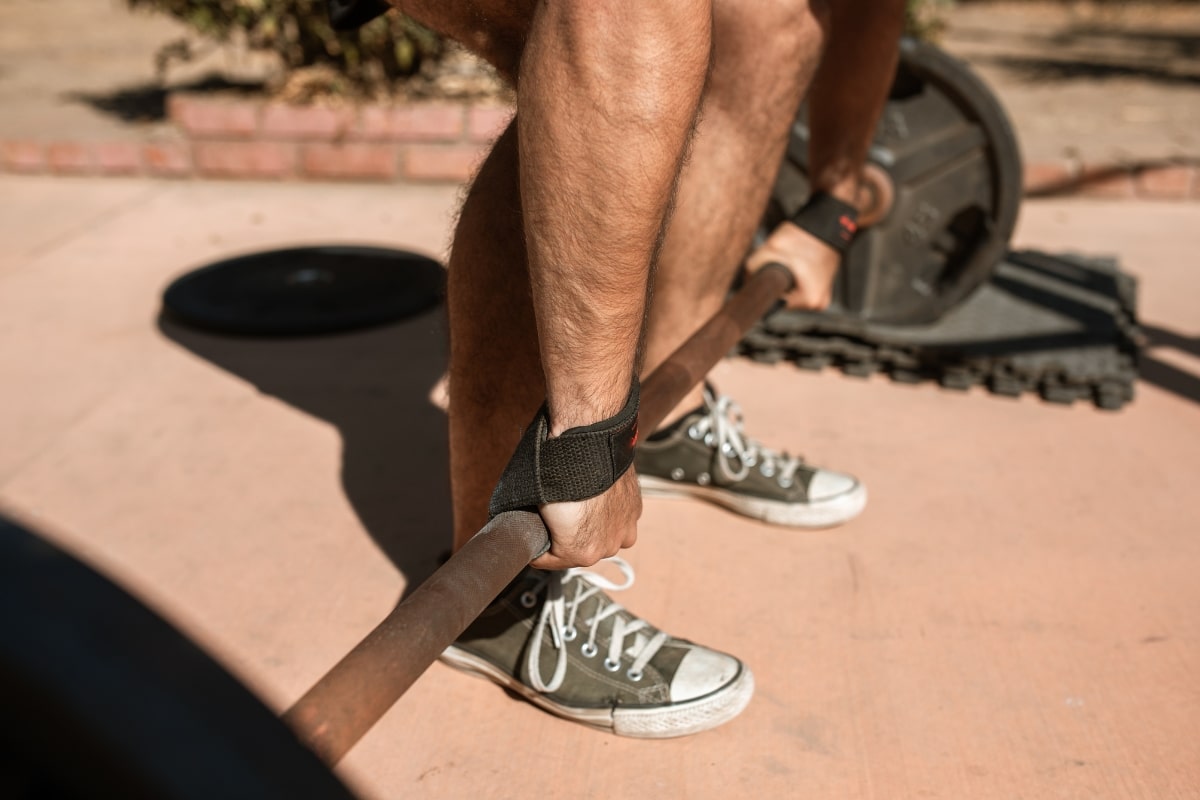
Advancements in Lifting Gear: Beyond Cheating
Lifting straps are a tool, not a shortcut. Experienced lifters use them to overcome grip limitations during heavy pulls. This advancement allows focus on target muscle groups, such as the back during deadlifts, without the grip giving out prematurely. Proper strap usage enhances performance and safety.
Strategic utilization of straps can also aid in overcoming plateaus. When prioritizing muscle overload and growth, straps ensure that larger muscle groups work to fatigue irrespective of grip strength. They are not an indicator of cheating but a sophisticated technique in a lifter’s arsenal.
Personalizing Strap Utilization for Diverse Goals
Different objectives warrant varied approaches to strap use. For hypertrophy, straps can help sustain muscle tension. However, for improving grip and forearm strength, deliberate strapless sessions are essential. Tailoring strapping habits to personal goals ensures balanced development.
Periodization can include phases with and without strap use. This customization enhances both muscular endurance and grip capabilities. Powerlifters may minimize strap usage to replicate competition conditions, while bodybuilders might leverage straps to maximize muscle gains.
Integrating Straps with Alternative Assistance Techniques
Mixing strap use with other lifting aids fosters comprehensive strength development. Chalk and gloves can enhance grip for specific lifts where straps are impractical. Alternation between barehand techniques and those involving straps ensures well-rounded progress.
Inclusion of grip-specific exercises is essential. Exercises like farmer’s walks, or forearm curls should integrate into routines to prevent dependence on straps alone. Using lifting hooks is another alternative for those seeking to reduce reliance on grip strength.
Nutrition and Recovery Insights from Experts
Nutrition plays a critical role in maximizing the benefits of using lifting straps effectively. Adequate protein intake is crucial for repair and growth of muscles engaged in strap-supported workouts. Hydration is another key factor that experts stress for optimal performance and recovery.
Rest and recovery must align with workout intensity, including sessions involving straps. This ensures muscles adequately rebuild. Sleep is an integral component, with authorities advocating for 7-9 hours nightly to support muscular recuperation.
Avoiding Overreliance on Straps for Enduring Strength
Developing overall strength means occasionally training without lifting aids. Dedicating sessions to raw grip strength circumvents potential overreliance on straps. Strategies like incorporating pinch grips or utilizing thicker bars can enhance intrinsic grip force.
Balancing the frequency of strap use is imperative for continual progression. It helps in building tenacity within the forearms and hands, crucial for long-term lifting success.
Measuring Progression with and without Straps
Tracking lifting records with and without straps provides valuable feedback. It identifies if reliance on straps is stunting natural grip strength development. Progressive overload should occur in both scenarios to ensure holistic strength growth.
Data on improvements can help refine workout regimens. It also assists in creating effective cycles of strapped and non-strapped training periods.
Evaluating Ethical Considerations in Competitive Sports
In competitive lifting, adherence to regulations matters. Straps may be prohibited, keeping the focus on all-around strength. Meanwhile, bodybuilding judges evaluate muscular development where straps might indirectly play a role by allowing exhaustive work on target muscle groups.
Fairness entails knowing when and where strap use is permissible. Respecting the ethos of each sport preserves integrity while optimizing individual preparation strategies.
FAQs on Lifting Straps
Do lifting straps give an unfair advantage?
Lifting straps are designed to aid grip during heavy lifts, allowing you to focus on targeting the intended muscles without grip strength being the limiting factor. They don’t inherently provide an unfair advantage as they don’t increase one’s strength or muscle mass directly but rather enable proper form and safety.
Can beginners use lifting straps?
Absolutely! Beginners can use lifting straps if they struggle with grip on heavier exercises. However, it’s important to first work on developing grip strength naturally before relying on straps for heavier sets.
Will using straps hinder my forearm development?
If overused, straps can limit the natural strengthening of your grip and forearms. It’s recommended to use them sparingly and focus on targeted forearm exercises as well.
Should I use lifting straps for every exercise?
No, straps should not be used for every exercise. They are most beneficial for pulls and deadlifts where your grip may fail before your primary muscle groups do.
Are lifting straps allowed in powerlifting competitions?
Lifting straps are generally not permitted in powerlifting competitions. Competitors must rely on their own grip strength during lifts according to the rules of most federations.
Could lifting straps improve my personal records (PRs)?
They potentially could, as they help you maintain a secure grip during maximum effort lifts, which can otherwise be limited by weak grip strength.
Are there any risks associated with using lifting straps?
When used incorrectly, straps could cause improper lifting technique or create dependencies that may lead to muscle imbalances. Always ensure that you’re using them appropriately.
How do I properly use lifting straps?
To use lifting straps effectively, thread the strap through the loop, wrap it snugly around your wrist, and then tightly around the bar in the opposite direction of your hand rotation.
What’s the difference between lifting straps and wrist wraps?
Lifting straps are used to enhance grip on the barbell, whereas wrist wraps provide support to the wrist joint during heavy pressing movements but do not assist with grip.
When is the best time to incorporate lifting straps into my training?
Incorporate lifting straps when you’re working at higher intensities where your grip may fail before the target muscle group is fully engaged or when performing high-volume sets where grip fatigue might set in.
Final Thoughts
Lifting aids like straps can enhance workout efficiency, allowing dedication to power through grueling sets when grip might falter. They’re tools, not cheats, judiciously bolstering training outcomes.
Employing grip supporters selectively underscores a strategic approach to training regimens, promoting peak performance without compromising the authenticity of strength gains. Straps should complement, not overshadow, natural development.
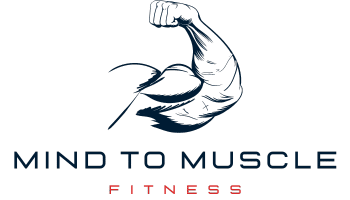


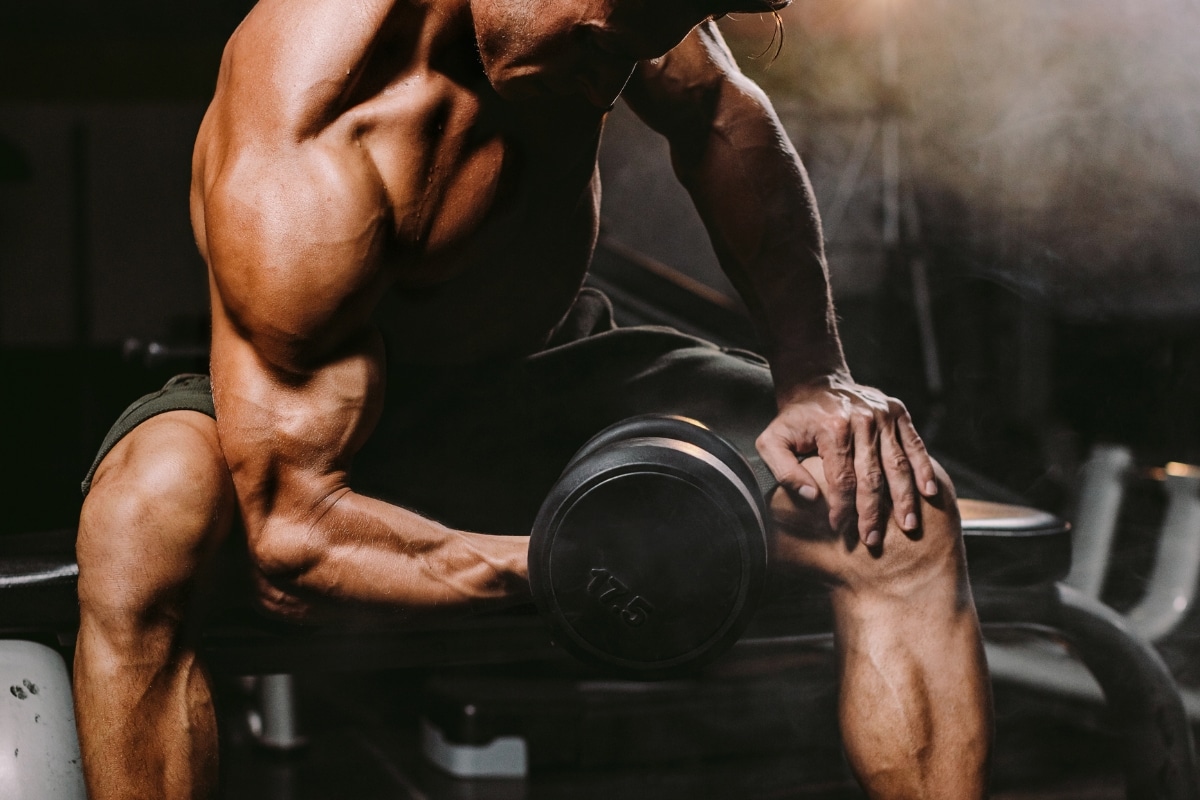

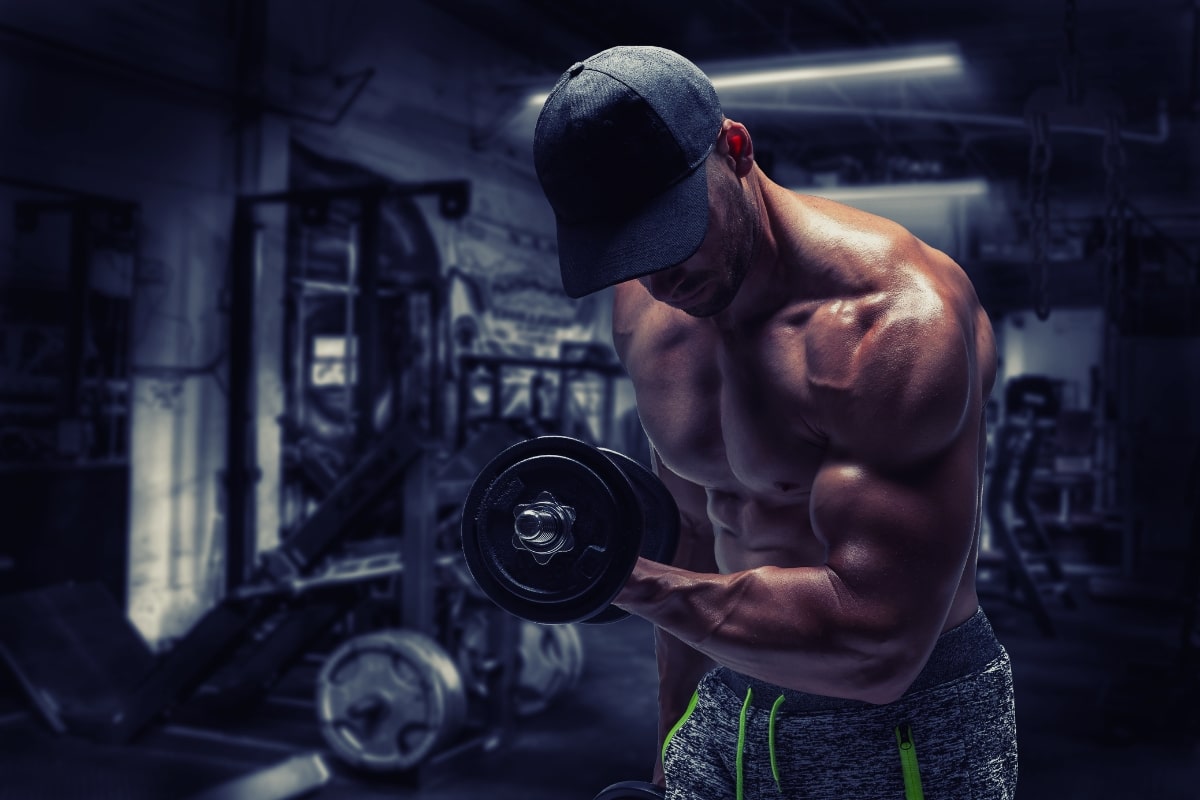

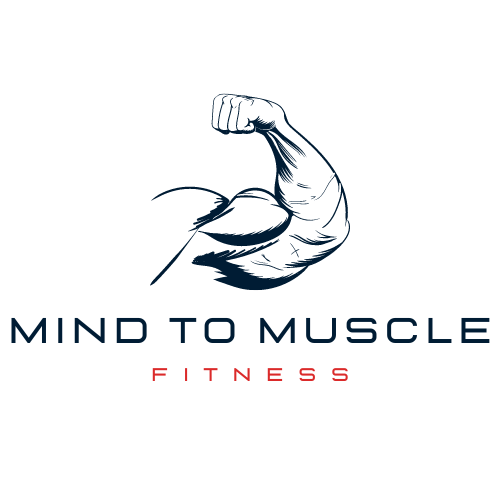
Average Rating